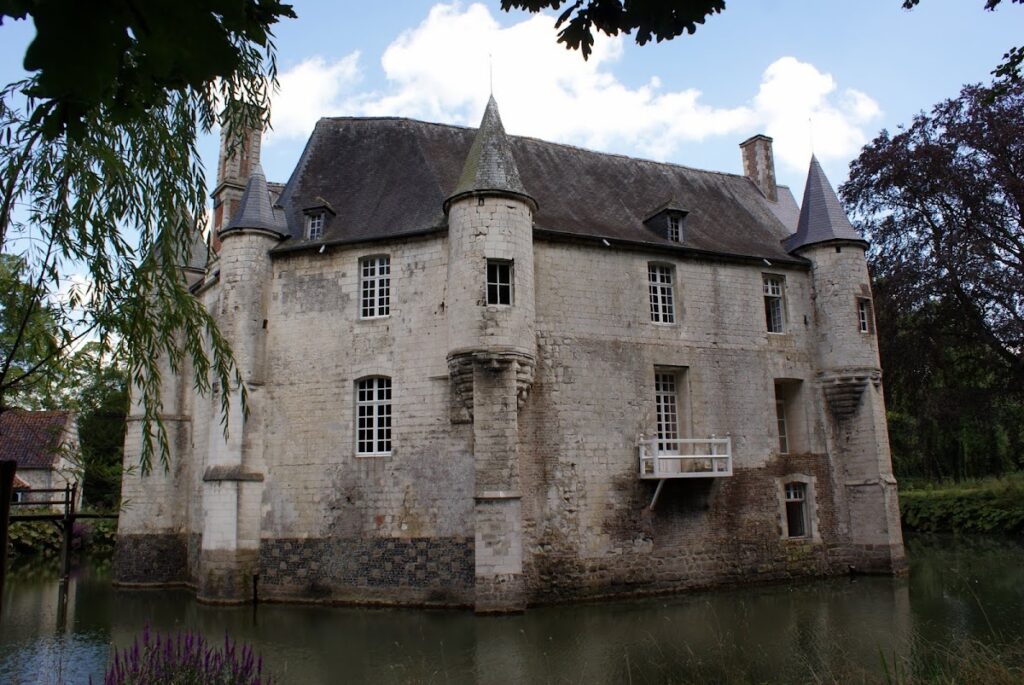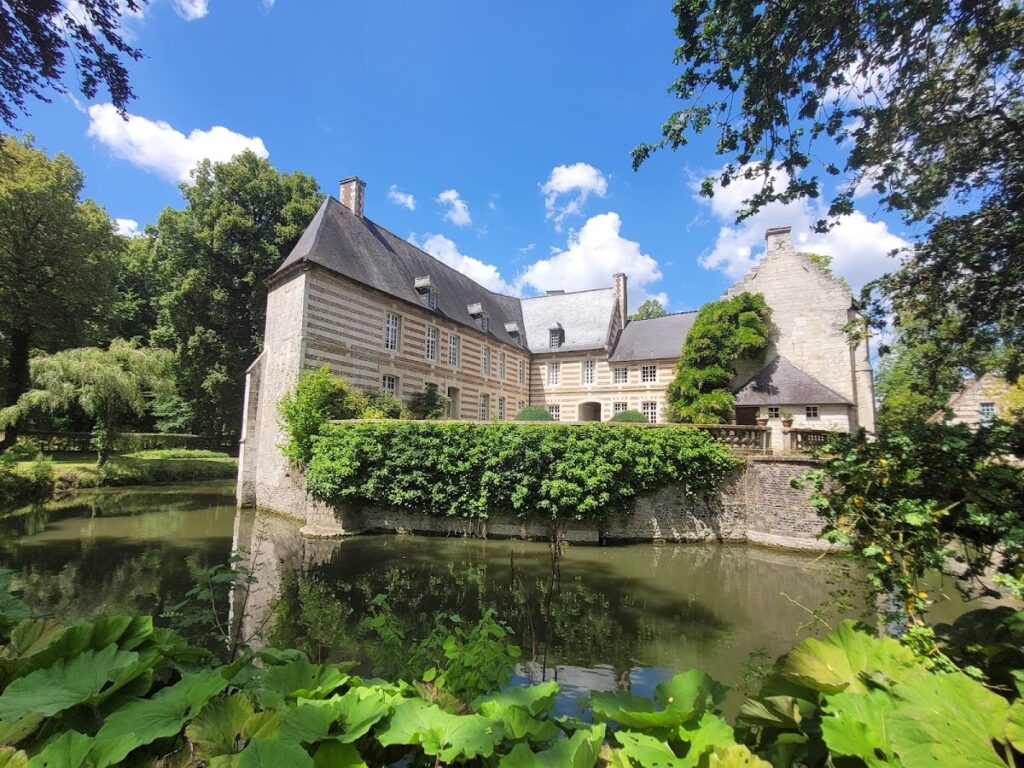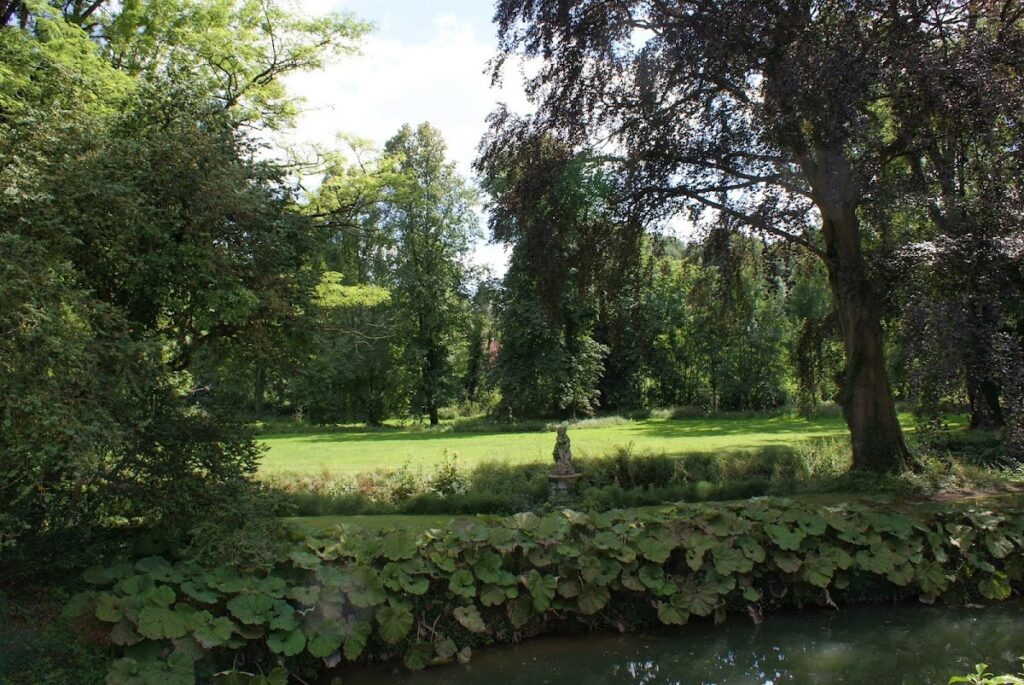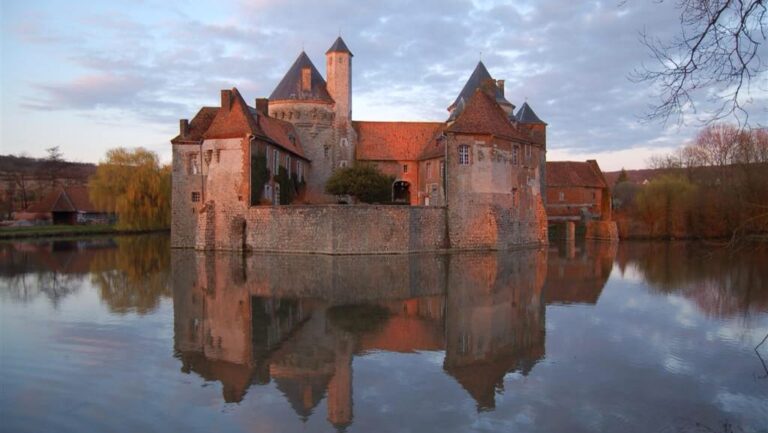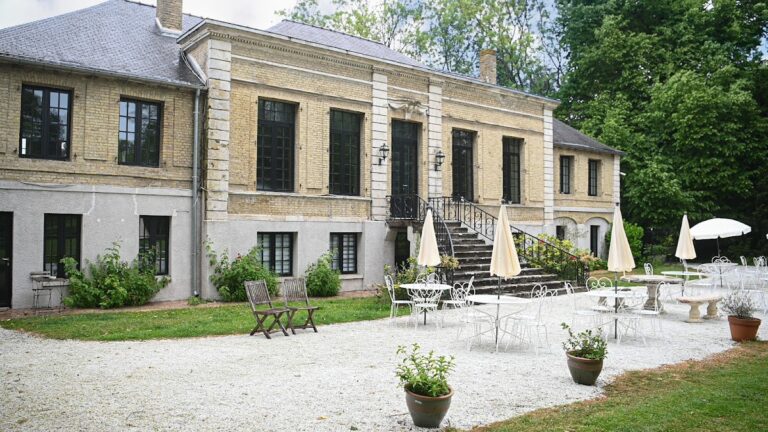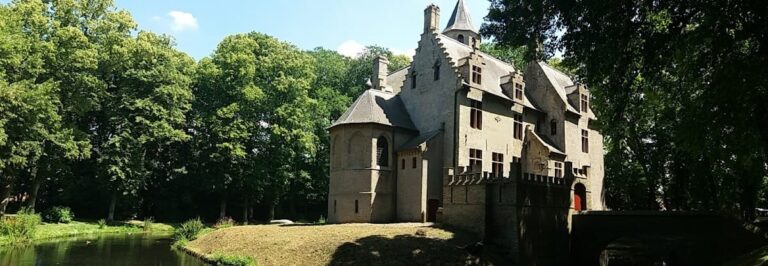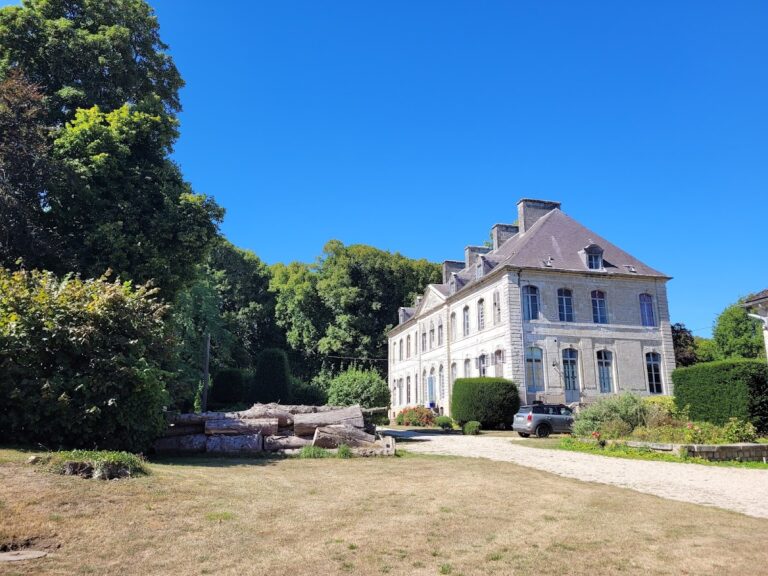Château de Créminil: A Historic Medieval Castle in Estrée-Blanche, France
Visitor Information
Google Rating: 4.4
Popularity: Low
Google Maps: View on Google Maps
Official Website: chateau-creminil.com
Country: France
Civilization: Unclassified
Remains: Military
History
The Château de Créminil stands in the commune of Estrée-Blanche, in modern-day France. Its origins trace back to medieval times, with the first recorded mention of the site occurring in 1329. The castle as it exists today mainly reflects construction carried out by the Le May family in 1443. This period marks a significant phase when the manor was likely developed into a fortified residence befitting its status and strategic location.
During the 16th century, the château experienced damage linked to military conflicts common to that turbulent era. Subsequent restoration efforts were undertaken to repair the structure, ensuring its continued use and presence in the region. The ownership of the estate shifted over the centuries: in 1540, it came under the possession of Hugues de Buleux, followed by Antoine de Vignacourt acquiring it in 1670. Later, from 1687 until the upheaval of the French Revolution, the Le Merchier family held the château, overseeing its management through the late 17th and 18th centuries.
The site also played a small role in the events of the War of the Spanish Succession in the early 18th century. Notably, on September 2, 1708, Prince Eugene of Savoy led his troops through the area around Estrée-Blanche. Earlier that same year, on July 21, the Duke of Marlborough is said to have camped near the château, indicating the locale’s strategic importance during this military campaign.
In the twentieth century, recognition of the château’s historical value increased. The château and its surrounding grounds were first registered as historic monuments on September 27, 1946. This protection was further enhanced when the site received an official classification on April 19, 2005, securing its preservation as a cultural heritage landmark.
Remains
The Château de Créminil is built around a circular plan that centers on an interior courtyard, reflecting a design aimed at both defense and residential comfort. The structure is encompassed by a double moat filled with water, which historically served as a barrier against attackers. Access to the château is provided via a drawbridge that spans one of these moats, a typical defensive feature of medieval fortifications.
The castle’s construction rests on foundations made of local chalk stone. This geological feature is notably referenced in the château’s name, where “Cré” relates to chalk, and “Minil” signifies manor, underscoring the connection between the building and its natural environment. The main building incorporates a series of towers, turrets, and buttresses, elements designed to support the structure and enhance its defensive capabilities.
Modifications during the 18th century introduced new architectural features, including a terrace that overlooks the moat. At this time, additional openings were created to allow more light or accommodate new uses. However, only the firing slits in the north tower remain as original defensive elements from the castle’s earlier military function, illustrating a transition from fortification to a more residential character.
The château is situated within a wooded park bordered by the Laquette river, adding a natural boundary and aesthetic value. A notable feature of this landscape is an avenue lined with linden trees, which leads directly to the manor, contributing to the overall historic ensemble. Both the château and its park have been officially recognized for their historical and environmental significance, appearing in the inventory of remarkable gardens as part of their heritage designation.
